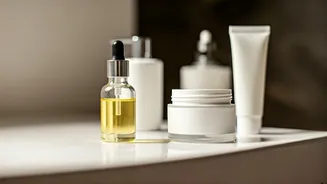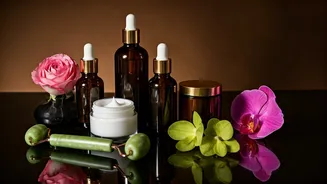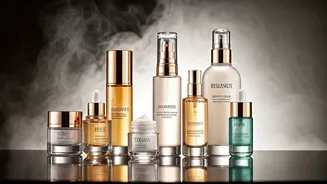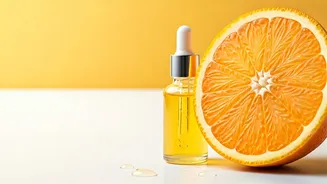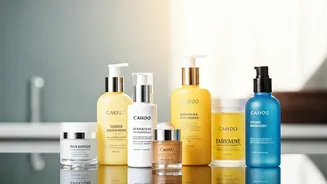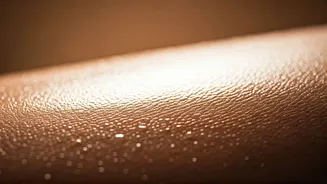Cleanse and Purify
The cornerstone of any good skincare regimen begins with a thorough cleansing process. It is important to remove the day's build-up of dirt, oil, and makeup.
These impurities clog pores, which can trigger breakouts and dullness. Selecting the right cleanser for your skin type is crucial. For instance, individuals with oily skin would benefit from gel-based cleansers, which offer a deep cleanse without stripping the skin of essential moisture. Those with dry or sensitive skin might lean towards creamy or milky cleansers, as they are gentler and more hydrating. Cleansing should be a twice-daily ritual – once in the morning to prepare your skin for the day, and again at night to remove all the impurities before you rest. Remember to use lukewarm water, as hot water can dry out your skin, and always pat your face dry with a soft towel instead of rubbing, as this can irritate the skin.
Hydrate and Nourish
After cleansing, the next vital step involves hydrating and nourishing your skin. This is where moisturizers come into play, providing the necessary hydration that keeps your skin plump and radiant. Choose a moisturizer based on your skin type. Those with dry skin should opt for richer, cream-based moisturizers that provide intense hydration and lock in moisture. If you have oily or acne-prone skin, seek out lightweight, oil-free moisturizers that won't clog your pores. The application of a moisturizer immediately after cleansing, while your skin is still slightly damp, helps to trap moisture within the skin. Incorporating a hydrating serum, which typically contains ingredients such as hyaluronic acid, can significantly boost your skin's hydration levels. These serums can penetrate deeply into the skin to deliver moisture and create a plumping effect. Consistent hydration is essential for maintaining skin elasticity, reducing the appearance of fine lines, and creating a healthy glow.
Sun Shield Defence
Protecting your skin from the harmful effects of the sun's rays is undeniably critical for skin health and longevity. Daily use of sunscreen is your best defence against premature aging, sunspots, and, most critically, skin cancer. Choose a broad-spectrum sunscreen with an SPF of 30 or higher, which shields your skin from both UVA and UVB rays. Apply sunscreen generously about 15-20 minutes before stepping outside, as this gives it enough time to fully absorb into your skin and create a protective barrier. Reapplication is just as crucial, especially if you spend a long time outdoors or engage in activities like swimming or sweating. Reapply sunscreen every two hours, or more often if needed. Sunscreen should be part of your daily routine, even on cloudy days, as UV rays can still penetrate through clouds. Remember to apply sunscreen to all exposed areas, including your face, neck, ears, and any other areas that are not covered by clothing. This is the simplest yet most effective way to maintain healthy, youthful-looking skin for years to come.
Exfoliate Gently
Exfoliation is the process of removing dead skin cells from the surface, revealing the fresh, glowing skin beneath. This step is essential in maintaining a radiant complexion. It prevents the build-up of dead cells that can lead to clogged pores, dullness, and uneven skin tone. There are two primary types of exfoliants: physical and chemical. Physical exfoliants, like scrubs and cleansing brushes, work by manually removing dead skin cells. Chemical exfoliants, such as AHAs (alpha-hydroxy acids) and BHAs (beta-hydroxy acids), use chemicals to dissolve the bond between skin cells, allowing them to slough off naturally. Exfoliating 1-3 times a week is generally enough, as over-exfoliating can lead to irritation and damage to the skin's natural barrier. Choose an exfoliant that aligns with your skin type. Those with sensitive skin may want to opt for gentler physical exfoliants or low-concentration chemical exfoliants. After exfoliating, it's crucial to follow with a moisturizer to replenish hydration and soothe the skin.
Consider Skin Type
Tailoring your skincare routine to match your specific skin type is a key principle of effective skincare. Understanding your skin type – whether it's oily, dry, combination, sensitive, or normal – allows you to choose products that meet its unique needs. For oily skin, look for lightweight, non-comedogenic products, such as gel-based cleansers, oil-free moisturizers, and serums containing ingredients like salicylic acid. People with dry skin benefit from richer, hydrating products. Creamy cleansers, thick moisturizers, and hydrating serums that contain hyaluronic acid are beneficial. Combination skin requires a balanced approach. You may need to use different products for different areas of your face. For sensitive skin, select products that are fragrance-free, hypoallergenic, and formulated with soothing ingredients. Individuals with normal skin have the luxury of using a broader range of products. Pay attention to how your skin responds to each product, and adjust your routine as needed. Regularly reassess your skin's needs, as they can change due to factors such as weather, diet, and stress. The ability to listen to your skin and adjust your routine is paramount for ensuring long-term health and radiance.
